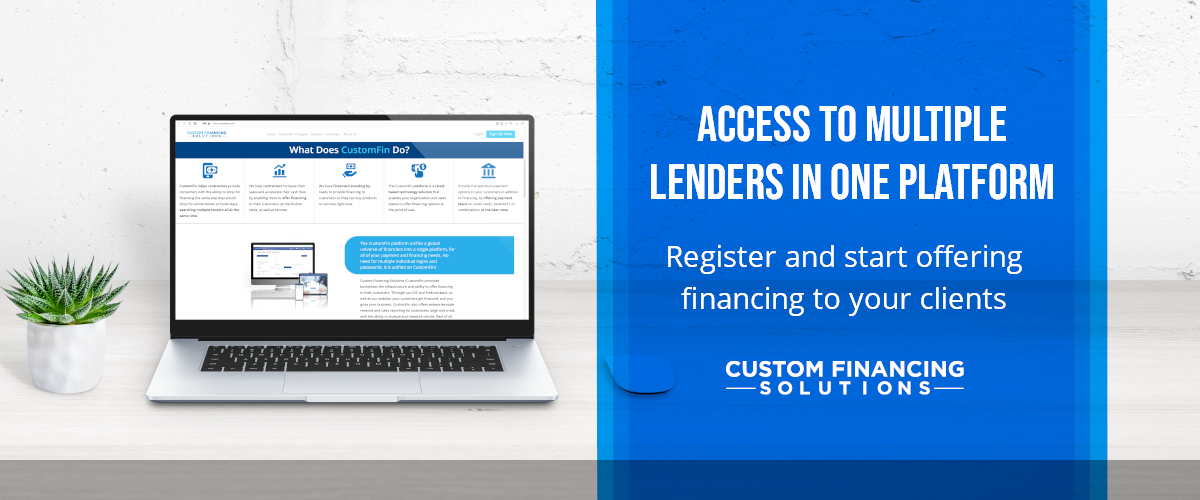There are many problems that a contractor faces. They have to solve them pre-project, during, and after they complete the project. One of these can affect all stages- shortages of material.
The material shortage is one of the contractor’s worst fear. It can happen because of a problem on your supplier’s end. Improper internal management can also be a cause. It is easier to solve it if it’s happening between two projects. Shortage during an ongoing project causes a delay in the work schedule.
In all cases, material shortage is a problem that needs excellent solutions. Therefore, we have come up with a few ways to counter this.

Adept Tracking
Keeping an accurate record of materials is the best way to counter this problem. However, this is tougher than it seems. Tracking becomes difficult with multiple people having access to them.
Hire an individual to keep track of the inventory. They will give out materials to work on. Singling it out will make the job of tracking easier. You can also use real-time job costing software. Some of them have a feature to digitally keep a record of materials used and left.
Have Backup Supply
No matter how good your supplier is, there can be instances where they cannot deliver. Minor delays can be handled, but major ones require planning.
Store materials in bulk. You can divide storage categories on the material’s perishability. Have a backup supply that can last a few days. You should use this only in extreme situations. For instance, if you face an acute shortage during an ongoing remodeling project, you can use your own resources and restock them later. Another option is to keep a backup supplier. Turn to them where your primary supplier fails.
Vendor Managed Inventory
VMI or Vendor-Managed Inventory is a type of inventory that is shared between you and the vendor. This eliminates the middleman, improving efficiency and reducing costs.
It will require you to send your activity report, which detailedly describes the materials used. The software calculates the amount of replenishment needed, which is then approved by the vendor. This makes sure that you always have ample material to work with. Discuss beforehand the details like adjusting cost fluctuation and frequency of restocking.
Good Relations With Suppliers
Shortage of material can be avoided if you treat your supplier as part of your team.
Keep them in the loop of the projects and maintain a level of transparency. This helps them understand the needs of your business better and deliver accordingly.
New Supplier
We can understand occasional delays. But if your supplier is constantly letting you down, it’s time to look for a new one.
Make an average material consumption list and look for suppliers that can fulfill that. Avoid closing deals too soon. Work with them a few times so that you are sure they can handle your requests.
Ignoring this problem is one reason small businesses are vulnerable to failure. Getting over this obstacle is tough, but results in smooth working once you do.
We make our blogs at CustomFin with the aim to help you. We also offer your customers easy payment options so that you can close more deals.
Get started now and grow your business.









